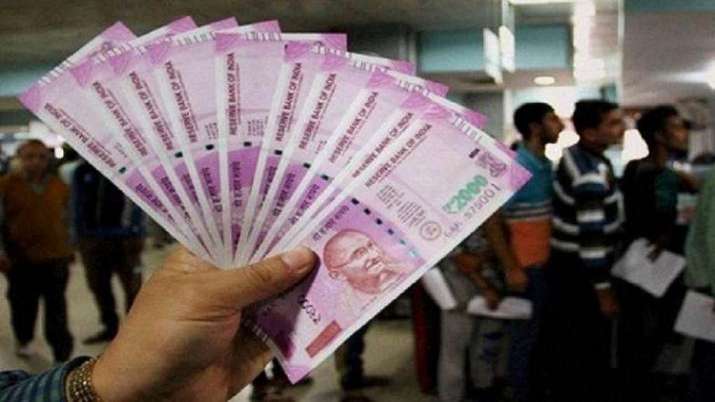
Tax revenue grew 34% to Rs 27.07 lakh crore in FY12; Tax-GDP ratio highest in 2 decades
India’s gross tax collections hit a record high of Rs 27.07 lakh crore in the financial year ended March 31, led by impressive increases in corporate tax and customs duties, pushing the tax-to-GDP ratio to a two-decade high. Level taken up to 11.7 per year. St, Revenue Secretary Tarun Bajaj said on Friday. Reflecting the boom in the economy and the impact of anti-tax evasion measures, direct tax collections grew by a record 49 per cent to Rs 14.10 lakh crore, while indirect taxes registered a growth of 20 per cent to Rs 12.90 lakh crore.
“Where the GST data is now being matched with the income tax figures and compliance is being ensured, a lot of technology is being used. Tax-to-tax in 2021-22,” Bajaj told reporters here. The GDP ratio rose to 11.7 per cent – the highest since 1999. In the 2020-21 financial year, the ratio stood at 10.3 per cent.
“Direct taxes are higher than indirect taxes (in 2021-22) and I expect this trend to continue in the coming years,” Bajaj said. Bajaj said the overall tax buoyancy showed a “healthy, strong figure”. The tax buoyancy came in at around 2, which means that the rate of growth in tax collections was almost twice the nominal GDP growth.
The gross tax collection of Rs 27.07 lakh crore during April 2021 to March 2022 has exceeded the budget estimate by Rs 5 lakh crore. The total collection was 34 per cent higher than the Rs 20.27 lakh crore collected in the 2020-21 financial year. Direct tax, which includes income tax paid by individuals and corporate tax, came in at Rs 14.10 lakh crore, an increase of 49 per cent over the previous fiscal, which Bajaj said was “probably the highest growth in a long time”. was the rate.
Corporate tax increased by 56.1 per cent to Rs 8.58 lakh crore, while personal income tax collection grew by 43 per cent to around Rs 7.49 lakh crore. During the year, income tax refunds amounting to Rs 2.24 lakh crore were issued to 2.43 crore entities. In indirect taxes, where customs collection grew 48 per cent to over Rs 1.99 lakh crore, CGST and cess collection grew by 30 per cent to Rs 6.95 lakh crore. However, the excise duty collection declined by 0.2 per cent to Rs 3.90 lakh crore during the 2021-22 financial year.
Bajaj further said that the anti-GST measures have helped curb the menace of fake invoices and businesses claiming tax credits fraudulently. When asked about the prospects of tax collection in the current financial year, the secretary said that the figures have been provided in the budget and it is not possible to repeat such high growth rate in the current financial year. Bajaj further said that it may be difficult to achieve the budgeted customs duty collection for the current fiscal as it may not be possible to completely restore the import duty on edible oils and pulses due to rising prices.
In the last financial year, the government had reduced customs duty on edible oil and pulses to control rising domestic prices. Direct tax collection for the fiscal year 2022-23, which began on April 1, has been pegged at Rs 14.20 lakh crore. This includes Rs 7.20 lakh crore from corporate tax and Rs 7 lakh crore from personal income tax. Indirect tax collection is estimated to be Rs 13.30 lakh crore. This includes customs duty of Rs 2.13 lakh crore, excise duty of Rs 3.35 lakh crore and CGST and cess of Rs 7.80 lakh crore.
Responding to a question on the Russo-Ukraine war, Bajaj said, “The impact on the economy is worrying, but it will depend on several factors such as commodity prices and its impact on the supply chain.” Commenting on the figures, ICRA Chief Economist Aditi Nair said that after removing the payments related to arrears of previous years, the total tax transfers to states in FY22 took the Revised Estimate (RE) level to over Rs 95,000 crore. have make. “We do not expect the FY 2022 fiscal deficit to deviate meaningfully from RE,” Nair said.
Read also | RBI fines Axis, IDBI Bank
Read also | Unacademy lays off around 600 employees hoping to make a profit